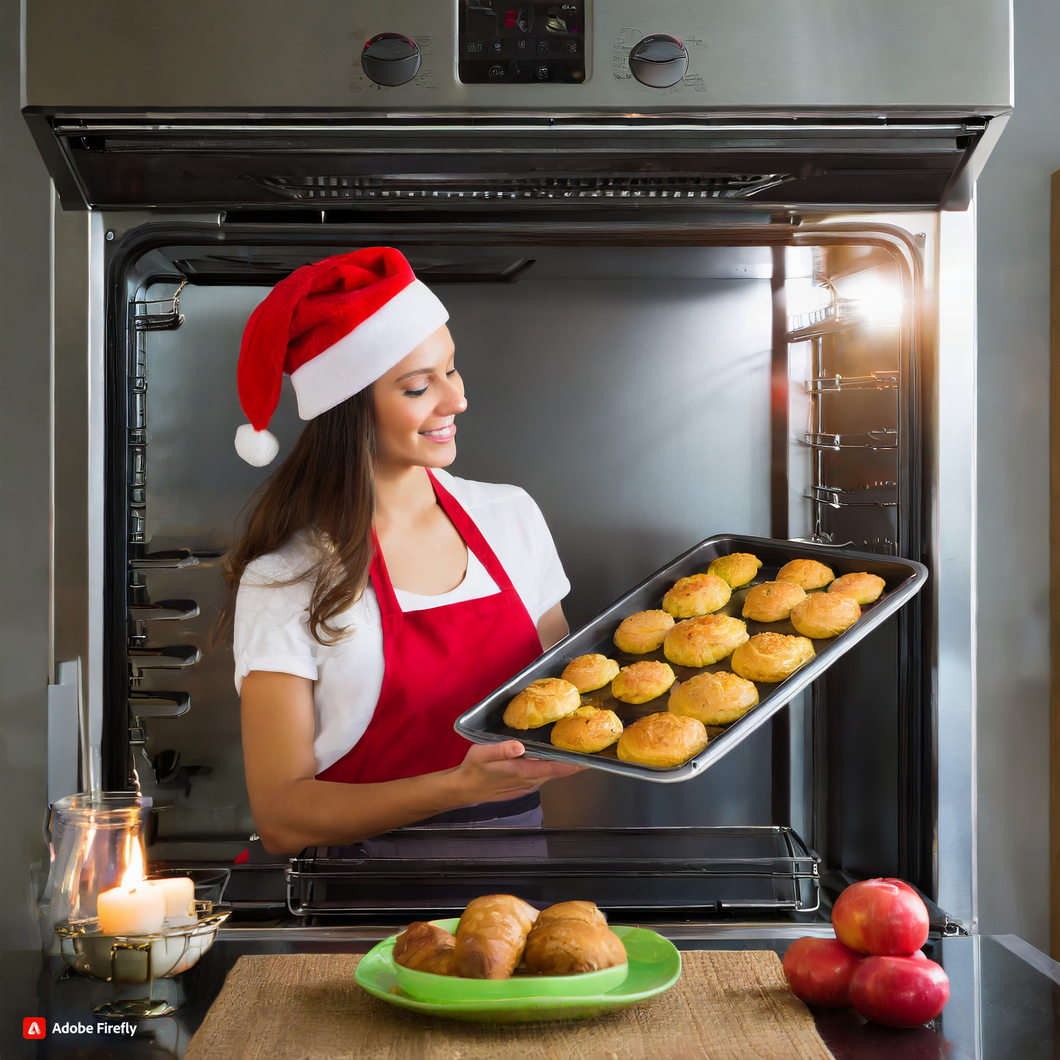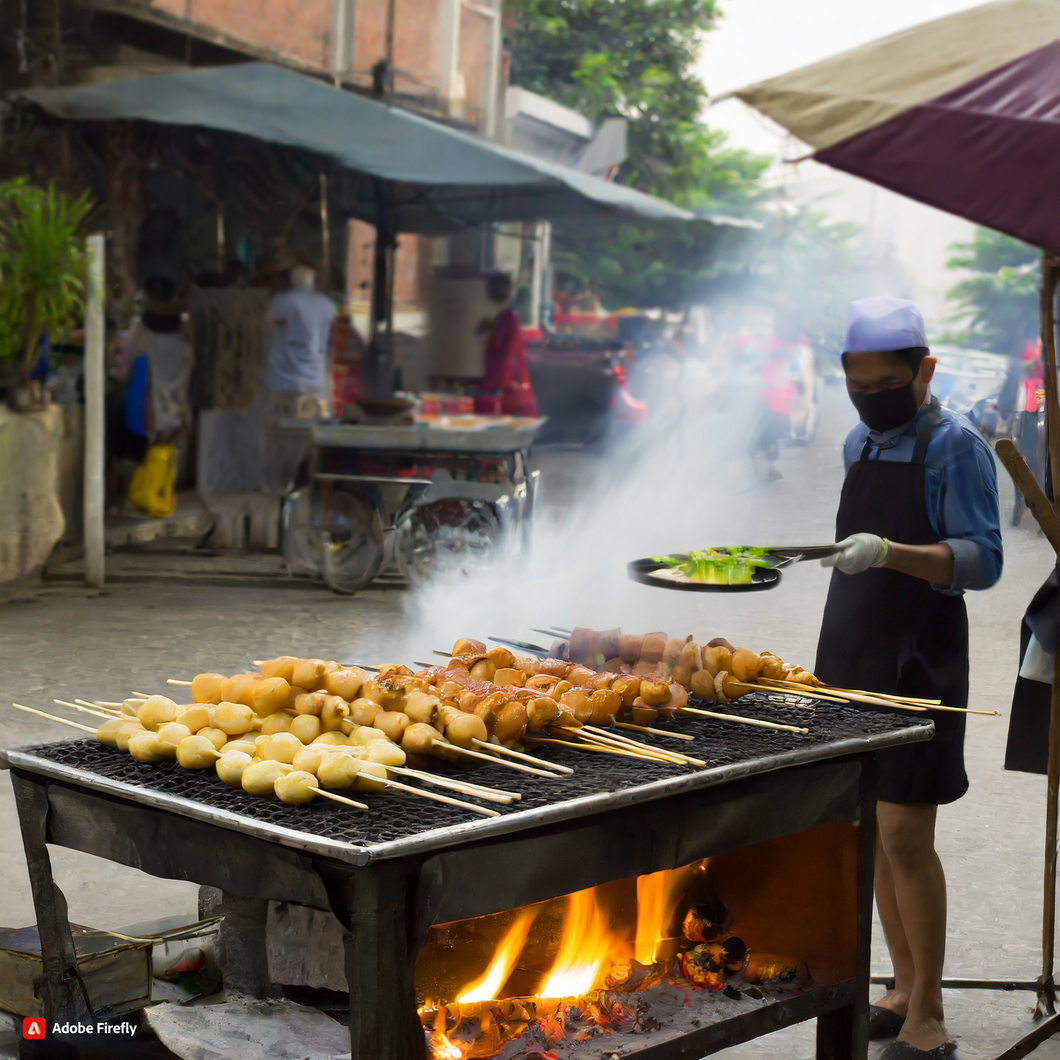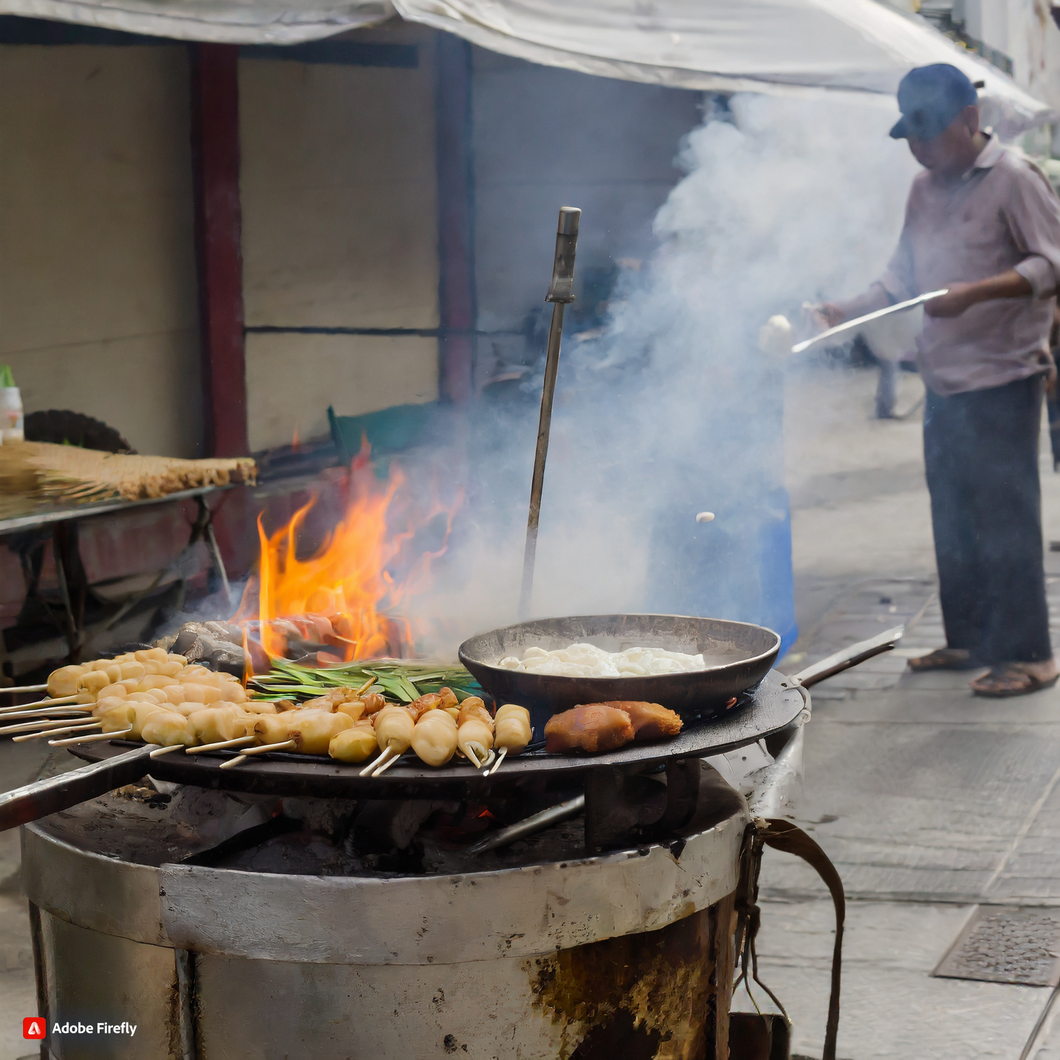Introduction
Baking and roasting are two popular cooking methods that are often used interchangeably, but they actually have distinct differences. Both methods involve cooking food in an oven, but the techniques and results can vary significantly. In this article, we will explore the key differences between baking and roasting to help you understand which method is best for your desired dish.
The Basics: Understanding the Difference Baking and Roasting
Have you ever wondered what the difference is between baking and roasting? These two cooking methods are often used interchangeably, but they actually have distinct differences that can affect the outcome of your dish. In this article, we will break down the basics of baking and roasting and help you understand the difference between the two.

First, let’s start with the basics. Baking and roasting are both dry heat cooking methods that use hot air to cook food. However, the main difference lies in the temperature and cooking time. Baking typically involves lower temperatures (around 375-400 degrees Fahrenheit) and longer cooking times, while roasting involves higher temperatures (around 400-450 degrees Fahrenheit) and shorter cooking times.
So, what does this mean for your food? Baking is best suited for delicate foods that need to be cooked evenly and slowly, such as cakes, cookies, and bread. The lower temperature allows the food to cook evenly without burning or drying out. On the other hand, roasting is ideal for larger and tougher cuts of meat, such as chicken, beef, and pork. The higher temperature helps to create a crispy exterior while keeping the inside moist and tender.
Another key difference between baking and roasting is the type of pan used. Baking typically requires a shallow pan, such as a baking sheet or cake pan, while roasting is done in a deeper pan, such as a roasting pan or casserole dish. This is because roasting often involves adding liquid, such as broth or wine, to the pan to keep the meat moist and create a flavorful sauce.
In terms of preparation, baking and roasting also differ. Baking usually involves mixing ingredients together and then placing them in the oven to cook. This can include adding leavening agents, such as baking powder or yeast, to help the food rise. Roasting, on the other hand, often involves marinating or seasoning the food before cooking. This allows the flavors to penetrate the meat and adds depth to the dish.
One important factor to consider when deciding between baking and roasting is the type of food you are cooking. Baking is best for foods that need to rise, such as bread and pastries, while roasting is better for foods that need to be browned, such as meats and vegetables. However, there are some exceptions to this rule. For example, roasted vegetables can be cooked at a lower temperature for a longer time to create a softer texture, similar to baking.
It’s also worth noting that the terms “baking” and “roasting” can be used differently in different parts of the world. In some countries, roasting may refer to cooking over an open flame or on a spit, while baking may refer to cooking in an oven. It’s always a good idea to clarify the cooking method when following a recipe from a different region.
In conclusion, while baking and roasting may seem similar, they have distinct differences that can greatly impact the outcome of your dish. Baking is best for delicate foods that need to be cooked evenly and slowly, while roasting is ideal for larger and tougher cuts of meat. The type of pan, preparation, and temperature also play a significant role in determining which method to use. So next time you’re in the kitchen, keep these differences in mind and choose the right method for your dish. Happy cooking!
Baking vs. Roasting: How Temperature and Cooking Time Differ
Have you ever wondered what the difference is between baking and roasting? These two cooking methods are often used interchangeably, but they actually have distinct differences that can affect the outcome of your dish. In this article, we will explore the differences between baking and roasting, specifically in terms of temperature and cooking time.

First, let’s define what baking and roasting actually mean. Baking is a cooking method that uses dry heat in an enclosed space, such as an oven, to cook food. This method is typically used for breads, pastries, and other baked goods. On the other hand, roasting involves cooking food in an open pan with dry heat, usually in an oven or over an open flame. This method is commonly used for meats, vegetables, and even fruits.
One of the main differences between baking and roasting is the temperature at which they are done. Baking is usually done at a lower temperature, around 375-400 degrees Fahrenheit, while roasting is done at a higher temperature, around 400-450 degrees Fahrenheit. This difference in temperature is important because it affects the way the food is cooked.
When baking at a lower temperature, the food is cooked more slowly and evenly. This is ideal for delicate foods like cakes and pastries, as it allows them to rise and cook evenly without burning. Baking at a lower temperature also allows for more moisture to be retained in the food, resulting in a softer and more tender texture.
On the other hand, roasting at a higher temperature allows for a quicker cooking time and a crispy exterior. This is perfect for meats, as the high heat helps to seal in the juices and create a flavorful crust on the outside. Roasting at a higher temperature also allows for the natural sugars in vegetables and fruits to caramelize, resulting in a sweeter and more intense flavor.
Another difference between baking and roasting is the cooking time. Baking usually takes longer than roasting, as the lower temperature requires more time for the food to cook through. Baked goods can take anywhere from 20 minutes to an hour or more, depending on the recipe. Roasting, on the other hand, is a quicker cooking method and can take anywhere from 15-30 minutes for vegetables and up to an hour for meats.
The cooking time also affects the texture of the food. Baking for a longer period of time allows for the food to cook more evenly and become softer and more tender. Roasting for a shorter period of time results in a crispier exterior and a more firm texture.
So, which method should you use? It ultimately depends on the type of food you are cooking and the desired outcome. Baking is best for delicate foods that need to be cooked slowly and evenly, while roasting is ideal for meats and vegetables that benefit from a higher temperature and shorter cooking time.
It’s also important to note that some foods can be both baked and roasted, depending on the temperature and cooking time. For example, a chicken can be baked at a lower temperature for a longer period of time, resulting in a tender and juicy texture, or it can be roasted at a higher temperature for a shorter period of time, resulting in a crispy skin and a more firm texture.
In conclusion, while baking and roasting may seem similar, they have distinct differences in terms of temperature and cooking time. Baking is done at a lower temperature for a longer period of time, resulting in a softer and more tender texture, while roasting is done at a higher temperature for a shorter period of time, resulting in a crispy exterior and a more firm texture. So, the next time you’re in the kitchen, consider these differences and choose the method that best suits your dish. Happy cooking!
The Key Ingredient: How the Type of Heat Used Sets Baking and Roasting Apart
Have you ever wondered what the difference is between baking and roasting? These two cooking methods are often used interchangeably, but they actually have distinct differences that can greatly affect the outcome of your dish. The key ingredient that sets baking and roasting apart is the type of heat used.
Baking and roasting are both dry heat cooking methods, meaning that they use hot air to cook the food. However, the source of the heat and the temperature at which it is applied are what differentiate these two methods.

Baking is typically done in an enclosed space, such as an oven, with the heat coming from all sides. This allows for even cooking and browning of the food. The temperature used for baking is usually between 300-375 degrees Fahrenheit. This lower temperature allows for a longer cooking time, resulting in a more gentle and gradual cooking process.
On the other hand, roasting involves cooking food at a higher temperature, usually between 400-450 degrees Fahrenheit. The heat source for roasting is usually from above, such as a broiler or open flame. This high heat creates a crispy and caramelized exterior while keeping the inside of the food moist and tender.
One of the main differences between baking and roasting is the types of food that are best suited for each method. Baking is ideal for delicate and tender foods, such as cakes, cookies, and pastries. The lower temperature and even heat distribution allow for these foods to cook evenly without becoming too dry or tough.
Roasting, on the other hand, is best for heartier and denser foods, such as meats, vegetables, and root vegetables. The high heat and direct heat source create a crispy exterior while keeping the inside moist and flavorful. This method is also great for creating a caramelized crust on meats, giving them a rich and savory flavor.
Another factor that sets baking and roasting apart is the cooking time. Baking usually takes longer than roasting due to the lower temperature. This longer cooking time allows for the food to cook more evenly and develop a deeper flavor. Roasting, on the other hand, is a quicker cooking method due to the higher temperature. This is great for busy weeknights when you need to get dinner on the table quickly.
The type of cookware used can also play a role in whether you are baking or roasting. Baking is typically done in a pan or dish with low sides, allowing for better air circulation and even cooking. Roasting, on the other hand, is often done on a roasting pan with higher sides to catch any drippings and prevent them from burning. Read Cake Recipes for a Balanced Diet.
One important thing to note is that some foods can be both baked and roasted, depending on the temperature and cooking time. For example, a chicken can be baked at a lower temperature for a longer time, resulting in a tender and juicy dish. It can also be roasted at a higher temperature for a shorter time, creating a crispy and flavorful exterior.
In conclusion, while baking and roasting may seem similar, the type of heat used is what sets them apart. Baking uses a lower temperature and even heat distribution, making it ideal for delicate foods. Roasting, on the other hand, uses a higher temperature and direct heat source, creating a crispy exterior and moist interior. So next time you’re in the kitchen, pay attention to the type of heat you’re using and see if you can tell the difference between baking and roasting. Happy cooking!
Q&A – Difference Baking and Roasting
Q: What is the difference between baking and roasting?
A: Baking and roasting are both cooking methods that use dry heat, but they differ in the type of food and temperature used. Baking typically refers to cooking food in an oven at lower temperatures, while roasting involves higher temperatures and is often used for larger cuts of meat or vegetables.
Q: Can you use the terms baking and roasting interchangeably?
A: No, baking and roasting are not interchangeable terms. They have distinct differences in terms of temperature, cooking time, and the type of food that is typically cooked using each method.
Q: Which method is better for cooking vegetables, baking or roasting?
A: Both baking and roasting can be used to cook vegetables, but roasting is often preferred as it allows for a crispier texture and more caramelization. Baking is better suited for delicate vegetables that may not hold up well under high heat.
Conclusion for Difference Baking and Roasting

In conclusion for Difference Baking and Roasting, baking and roasting are two cooking methods that involve the use of dry heat in an oven. However, the main difference between the two is the temperature and cooking time. Baking typically involves lower temperatures and longer cooking times, while roasting involves higher temperatures and shorter cooking times. Additionally, baking is often used for desserts and breads, while roasting is commonly used for meats and vegetables. Ultimately, both methods can result in delicious and flavorful dishes, but understanding the differences between baking and roasting can help in achieving the desired outcome in cooking.
Please follow us on linkedin. You can learn all best canadian food recipes you can check our Culinary 1TouchFood Youtube and Telegram 1TouchFood page. Don’t forget Fighting Obesity Magazine and Radio Cooking.

